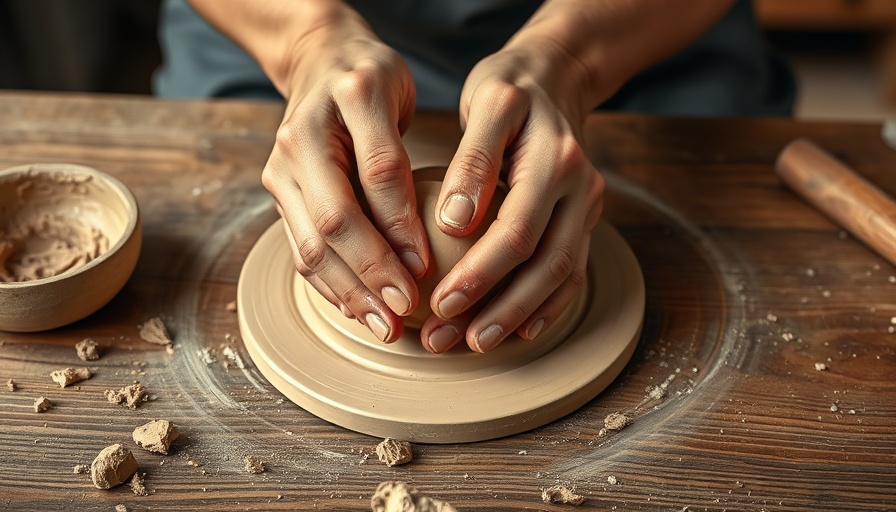
Rediscovering Your Inner Artist: The Journey Begins
Life often compels us to suppress our dreams and follow the rigid expectations set upon us, particularly in adulthood. For many, the idea of pursuing artistic passions becomes a distant fantasy, overshadowed by responsibilities and obligations. Yet, following this path of compliance misses a crucial aspect of human nature: our innate playful and creative spirit. A simple question can ignite passion and reshape our perspective on what it means to be an artist. What would you do if you had no financial constraints? This inquiry opens the door to possibilities that often lay dormant within us.
Embracing Creativity in Everyday Life
The term "artist" conjures images of paint-splattered canvases and whirlwind art fairs. However, being an artist transcends traditional definitions; it encompasses anyone who creates. From crafting educational games to doodling on a notepad, creativity resides in our daily activities. This realization began to dawn on me over the last two decades. As I started asking the same question of my clients, I found myself driving a journey towards artistic expression. Registered classes beckoned with the potential of exploration, and creativity became not merely a desire but a necessary outlet for well-being.
The Power of Creativity in Parenting
As parents, we often compartmentalize roles within our lives. There are expectations in the professional realm, expectations in the community, and ultimately, expectations at home. Yet, weaving artistic pursuits into family life has extraordinary benefits. When children witness their parents fully engaged in creative ventures, they see role models in action, reinforcing the significance of dreams and passions. Each drawing session, pottery class, or crafting hour becomes an opportunity to inspire an artistic mindset in the next generation. Isn't it time to share this journey with our kids and emphasize the value of creativity?
The Transformative Experience of Art
Art serves not just as an expression but as a form of meditation—a place to find flow and joy. Many may shy away from this truth, believing they lack talent. However, talent can become secondary to the act of creation itself. As I immersed myself in art for six months, the experience shifted my perspective; every brush stroke or clay model wasn’t merely an act but a tranquil moment of joy. In this flow state, I discovered that our thoughts and worries could take a backseat, allowing our inner artist to flourish.
Finding Your Creative Voice
Art isn't solely about output; it's about embracing the journey and experimenting. When leading leadership camps, I presented myself not just as a facilitator but as an artist. My proud confession of wanting to be an artist brought not just surprise from the students but powerful reflection: adulthood didn’t mean the end of creativity. In fact, the growth into adulthood should mark the beginning of a new creative chapter. This renewed perspective liberated both my students and me, freeing us from the confines of age norms.
Call to Action: Start Your Creative Journey Today
It's essential to recognize that you don’t have to wait until some arbitrary moment in your life to begin pursuing your artist's journey. Whether it’s setting aside time to paint, draw, or even write, take action today. Rekindle the artist within and inspire both yourself and your family to dream again. After all, the essence of art lies in the act of creation—the act of passion and joy. Join a local art class, start a DIY project, or involve your children in the creative process. Art is alive within each of us, blossoming with each new experience it nurtures.
 Add Row
Add Row  Add
Add 




Write A Comment